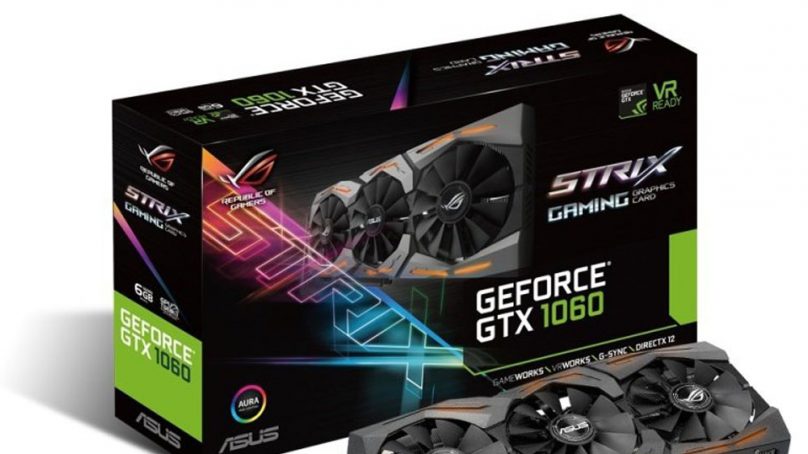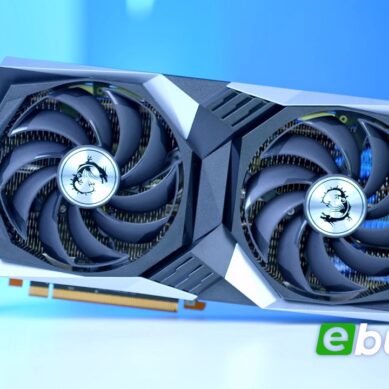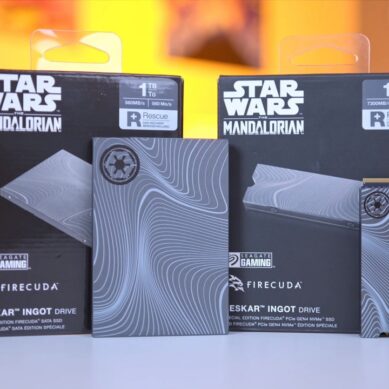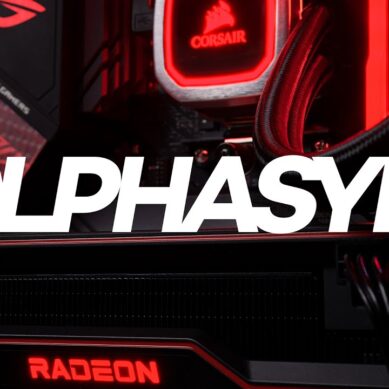
The Nvidia GTX 1060 is a solid mid-range budget GPU that’s great for an upgrade on an older system or a brilliant GPU for your first build. There are two versions of the card you can purchase, the 6GB or 3GB, and we’re reviewing both. Let’s get stuck into the details.
+ Excellent value
+ Great for 1080p gaming
-Not suitable for 4K gaming
6GB or 3GB?
The GTX 1060 has two versions to choose from, one with 3GB of VRAM and a beefier version with 6GB. The latter packs more CUDA (processing) cores with 1280 compared with 1152 in the 3GB version. Due to this, the 3GB card does lack punch compared to its bigger sibling, and you can expect noticeable performance differences between the two. For example, while playing Assassin’s Creed Unity on ultra-high settings with FXAA, the 6GB 1060 sat comfortably at 58fps while the 3GB was behind at 55fps.
The difference in VRAM and CUDA cores does affect the level of graphical performance you’ll be able to get from each card, but the 3GB 1060 has one big plus on its side: it’s cheaper than the 6GB version. It’s not as powerful, but it does outperform other AMD GPUs in the same price bracket.
GPU Engine specs
Both the 6GB and 3GB cards have a base clock speed of 1,506MHz. Not only is this a healthy starting point for speed, they both can be boosted to 1,708MHz through overclocking if you wish. Both offer great overclocking potential as there is plenty of room for you to push your components, too. Combine this with the high level of VRAM they both have and you have a GPU that can comfortably play mainstream games at 1080p. The 6GB version will slightly outperform the 3GB, but that’s to be expected.
Memory specs
As mentioned already, the amount of VRAM differs depending on which 1060 you opt for but it’s important to note that they also sport different types of VRAM. The 6GB version uses the more advanced GDDR5X whereas the 3GB 1060 uses standard GDDR5 memory. This finer detail is one of the reasons why the 6GB 1080 outperforms the 3GB version, as the combination of the newer memory tech and larger amount of VRAM results in higher-quality images that can be outputted at a higher rate. Therefore, you can expect the 1060 6GB to have a higher frame rate than the 3GB every day of the week, but the difference is only slight.
Technology support
Both 1060 versions keep up with the recent surge of VR gaming and experiences, as both are VR ready. Furthermore, both cards are also Nvidia G-Sync ready, so if you’re wanting to further optimise your game graphics then a monitor that supports G-Sync is the best companion for the 1060. Both of these functionalities focus on providing you with a great GPU at an affordable price. In addition, both cards come ready for Nvidia’s array of supporting technology found in the GeForce experience suite such as Shadowplay, which allows you to capture those clutch moments.
Design and Cooling
Now that the tech specs are out of the way and we’ve handled the supporting technology, let’s look at the design and cooling of the 1060. Both of these elements come down to what Nvidia or its partners have done to the card, but there are plenty of them on the market to suit your aesthetic and cooling needs.
Our favourite 6GB 1060 is the Gigabyte GTX 1060 6GB G1 as it has a base clock speed of 1620 MHz, comes with two Windforce fans and LED customisation, too. Our favourite 3GB card is the Gigabyte GTX 1060 OC 3GB graphics card as it comes with a base clock speed of 1,582 MHz, two Windforce fans and can be found for under £200. There are plenty of other options out there tweaked by different Nvidia partners, all with different cooling, overclocking and lighting options, so finding the right 1060 won’t be hard.
Chinks in the armour
There are two downsides to the 1060 GPUs and the first is that they aren’t Nvidia SLI ready, so if you’re planning on running two GPUs, this won’t be the graphics card for you. Although this is a downside, it’s not the end of the world. We’d always recommend getting a higher-spec graphics card if you are looking for higher performance, but understand that it’s not always possible. The SLI limitation isn’t a big deal for the majority of us, but if you are looking for SLI potential then you will have to look elsewhere.
The second downside to both 1060s is that you aren’t going to be able to play your games at 4K because the card is simply not powerful enough. If 4K gaming is on your agenda, you’ll have to opt for one of Nvidia’s older siblings, but this doesn’t mean the 1060 is a poor card. The 1060 is perfect for you if you’re on a budget as it can easily play games at 1080p, comes VR ready and is an incredibly reasonably priced component – it also beats the majority of AMD GPUs at this price range
Verdict
The 1060 is a great mid-range GPU that splits the difference between power and price perfectly. If you’re on a stricter budget then opting for the 3GB version is a great GPU to bring your PC to life. However, if you have a little more money to spend then the 6GB 1060 is a solid graphics card that can play the majority of mainstream video games at 1080p with ease.






